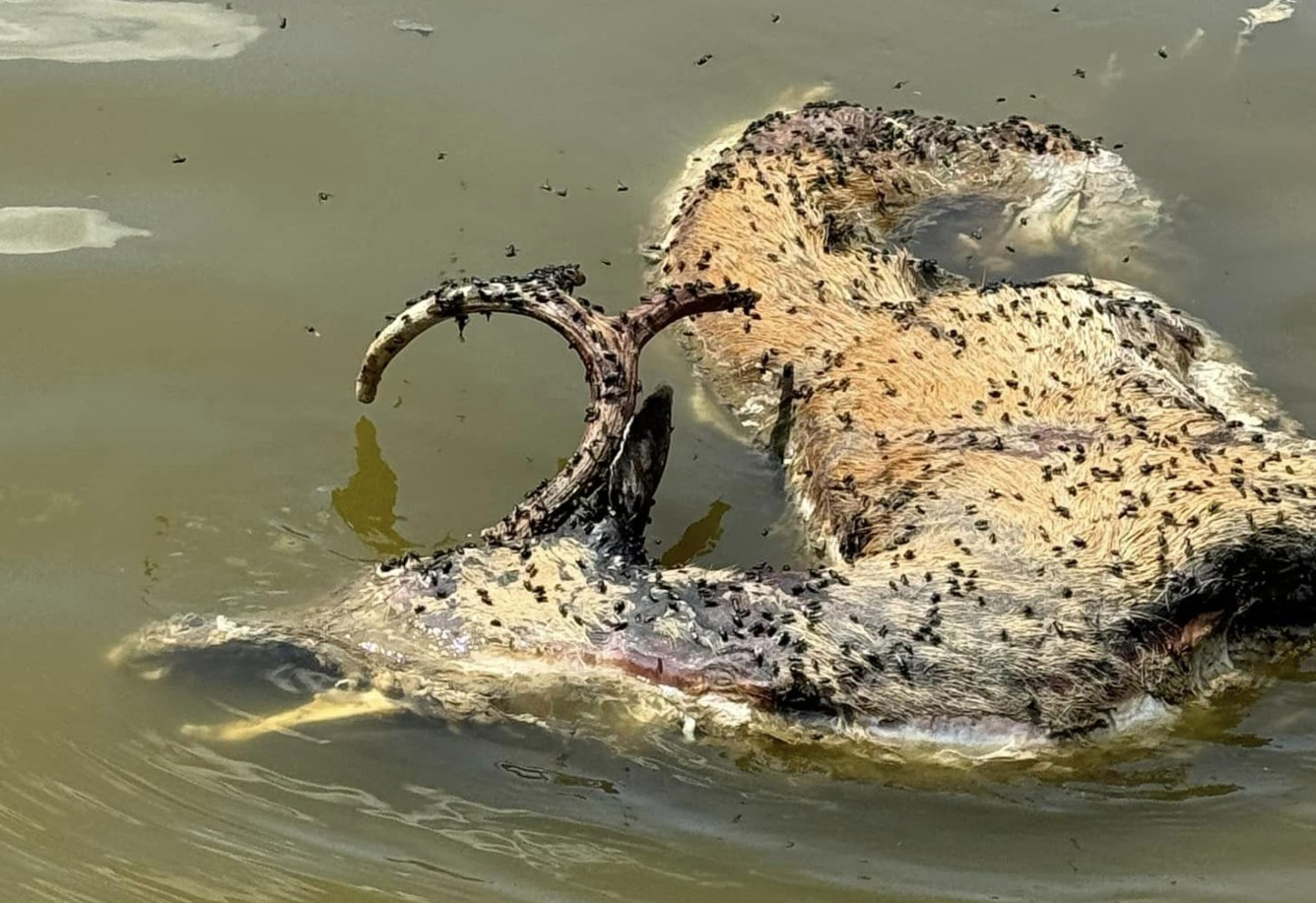Iowa is currently experiencing one of the worst EHD outbreaks in history. More than 550 carcasses have already been reported with 72 counties affected.

Epizootic Hemorrhagic Disease (EHD) is spread by female culicoides midges, often called “no-see-ums,” which are insects that consume blood from an infected deer and then transmit the virus to new hosts with each bite. An infected deer will remain asymptomatic for seven to 10 days, after which it will experience a rapid onset of symptoms and death within eight to 36 hours. Deer with EHD are often disoriented, walk in circles and show no fear of humans. There is no treatment or prevention of EHD for wild deer. During the end-stage of this disease, deer will often be found by water trying to rehydrate and cool down from their fever. Occasionally, deer will survive the disease but suffer from chronic injuries to the hoof wall (laminitis), causing them to tip-toe or even walk on their “knees” and brisket, according to the Iowa Department of Natural Resources (DNR).

EHD typically occurs in late summer and early fall, especially during droughts. Droughts cause water sources to shrink, creating warm, shallow, stagnant water — an ideal breeding habitat for biting midges. EHD tends to break out in pockets. A landowner could have a severe outbreak on their property whereas a neighbor could not experience EHD at all. Since the first major outbreak in 2012, most Iowa counties with severe outbreaks saw deer populations return to normal after two to three years without management intervention (reduction of antlerless quotas, etc.). Counties with low or declining deer populations may be exceptions to this rule, in which case the DNR may explore options to help with recovery, according to the Iowa DNR.

